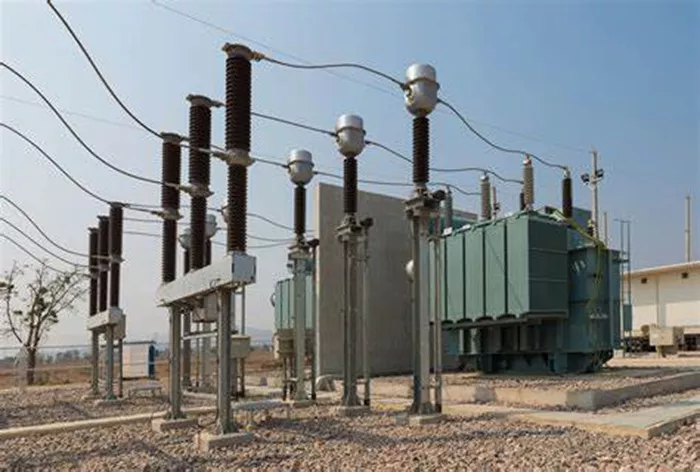Substation transformers are essential components in electrical power systems, responsible for transforming voltage levels to facilitate efficient power transmission and distribution. These transformers are strategically placed within substations to ensure that electrical energy can be transmitted over long distances with minimal losses and then safely distributed to end-users. They play a crucial role in maintaining the stability and reliability of the electrical grid.
Basic Function of Substation Transformers
Voltage Transformation
The primary function of a substation transformer is to change voltage levels. This is essential for two main reasons:
Efficient Transmission: High voltages are used for long-distance transmission to minimize power losses. Substation transformers step up the voltage at the generation point to facilitate this.
Safe Distribution: Lower voltages are required for local distribution to residential, commercial, and industrial consumers. Substation transformers step down the voltage to safe and usable levels.
How Voltage Transformation Works
Substation transformers operate based on the principle of electromagnetic induction. When an alternating current (AC) flows through the primary winding, it generates a magnetic field. This magnetic field induces a voltage in the secondary winding. The ratio of the number of turns in the primary and secondary windings determines whether the voltage is stepped up or stepped down.
Types of Substation Transformers
Power Transformers
Power transformers are designed to handle high voltage levels and large amounts of power. They are essential for the efficient operation of the power grid.
Step-Up Transformers: These transformers increase the voltage from power generation plants to levels suitable for long-distance transmission. This reduces power losses during transmission.
Step-Down Transformers: These transformers decrease the voltage to levels suitable for local distribution. They are commonly found in distribution substations.
Distribution Transformers
Distribution transformers are used in the final stage of power delivery. They step down the voltage from medium voltage levels to the final utilization voltage used by consumers.
Phase-Shifting Transformers
Phase-shifting transformers are specialized transformers used to control power flow between adjacent power systems. They adjust the phase angle between the input and output voltages, allowing for precise control of active power flow.
Three-Phase Transformers
Three-phase transformers are used in applications where a three-phase supply is present. They have three sets of primary and secondary windings and are essential in power generation, transmission, and distribution systems.
Single-Phase Transformers
Single-phase transformers are used in single-phase applications and have one set of windings. They are commonly used in residential and small commercial applications.
Isolation Transformers
Isolation transformers provide electrical isolation between circuits, improving safety and reducing electrical noise in various applications.
Autotransformers
Autotransformers have a single winding that acts as both the primary and secondary windings, offering voltage regulation in applications like motor control.
Instrument Transformers
Instrument transformers are used to measure high voltages and currents safely by isolating instruments from high voltage lines. Current transformers (CTs) step down current for measurement, while potential transformers (PTs) step down voltage for accurate readings.
Resonant Transformers
Resonant transformers are designed to operate at resonant frequencies, using inductance and capacitance to maximize energy transfer. They are common in radio transmitters, receivers, and high-frequency power supplies.
Toroidal Transformers
Toroidal transformers use a ring-shaped core, offering low leakage inductance, minimal magnetic emissions, high efficiency, and compact size. They are used in applications requiring efficient power transfer.
Importance of Substation Transformers
Ensuring Grid Stability
Substation transformers play a pivotal role in maintaining the stability and reliability of the electrical grid. By adjusting voltage levels, they ensure that power is efficiently transmitted and distributed.
Minimizing Power Losses
Transformers help minimize power losses during transmission by stepping up the voltage for long-distance transmission and stepping it down for local distribution.
Enabling Renewable Energy Integration
Substation transformers support the integration of renewable energy sources into the grid. They can adjust voltage levels to accommodate variable power inputs from sources like solar and hydroelectric plants.
Conclusion
Substation transformers are essential for the efficient transmission and distribution of electrical power. They transform voltage levels to ensure minimal power losses and safe delivery to end-users. By understanding the function and types of substation transformers, engineers and technicians can better maintain and optimize electrical systems. These transformers are fundamental components in modern power systems, ensuring reliable and efficient power delivery across various applications.
Related Topics:

